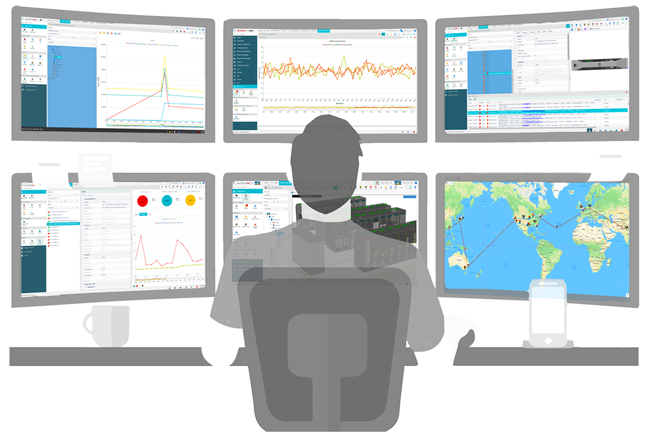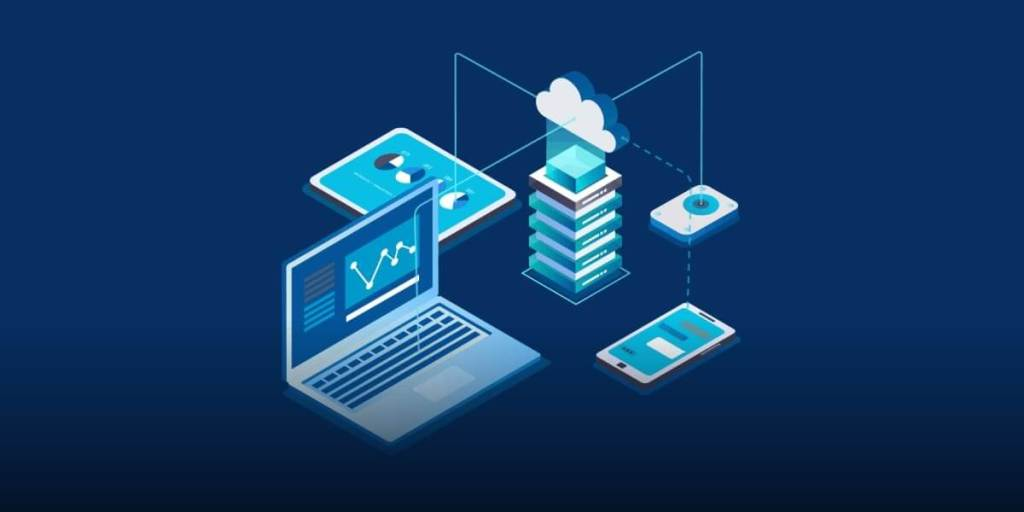In the digital era, real-time monitoring has become a cornerstone technology, transforming how businesses operate and make decisions. By continuously collecting and analyzing data as events occur, real-time monitoring empowers organizations to respond swiftly, optimize performance, and enhance safety.
Real-time monitoring systems integrate sensors, communication networks, and data analytics platforms to provide up-to-the-minute insights into equipment status, environmental conditions, or operational processes. This capability is especially crucial in industries such as manufacturing, healthcare, energy, transportation, and smart cities.
In manufacturing, real-time monitoring enables predictive maintenance by detecting early signs of equipment wear or failure. This proactive approach minimizes unplanned downtime, reduces repair costs, and extends machinery life. For example, vibration sensors on motors can alert technicians before a breakdown occurs, allowing scheduled repairs rather than costly emergency fixes.
Healthcare has also benefited immensely. Continuous monitoring of patient vital signs allows medical staff to detect abnormalities instantly, improving response times and patient outcomes. Remote monitoring devices enable care beyond hospital walls, supporting telemedicine and chronic disease management.
In the energy sector, utilities leverage real-time data to balance supply and demand dynamically, integrating renewable sources while maintaining grid stability. Similarly, transportation systems use monitoring to manage traffic flows, optimize routes, and enhance passenger safety.
The rise of the Internet of Things (IoT) and 5G connectivity further accelerates real-time monitoring adoption by providing more sensors and faster, reliable data transmission. Coupled with cloud computing and AI analytics, organizations can process vast data streams, identify patterns, and automate decision-making with unprecedented speed.
However, implementing real-time monitoring also raises challenges, such as data security, privacy concerns, and the need for robust infrastructure. Companies must ensure that systems are resilient against cyber threats and compliant with regulations.
Looking forward, real-time monitoring is poised to play an even larger role in enabling smart factories, autonomous vehicles, and intelligent infrastructure. Its ability to deliver continuous visibility and actionable insights is essential for achieving operational excellence in an increasingly connected world.
Post time: Jul-24-2025






